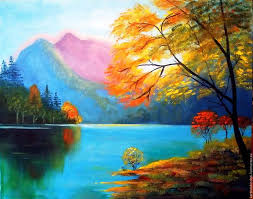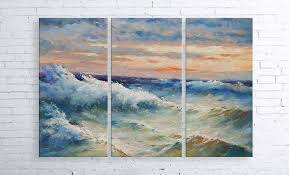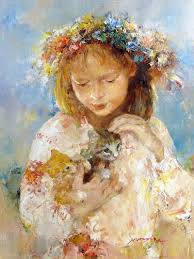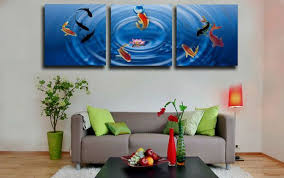textiles
HISTORY OF THE ORIGIN AND DEVELOPMENT OF THE WHITE ART
 Thread painting
Thread painting
“A tapestry is a beauty, slowly created by warm, skillful hands, a calm mind and a sensitive soul.”
I. Dvorkina
Today, a variety of decorative and applied art, traditionally called a “tapestry”, acts as a complex artistic phenomenon that combines the qualities of several genres at once – from “hand weaving” to “textile” sculpture.
Initially, the concept of tapestry was a method of producing fabric that looks like a wall lint-free carpet with a plot or ornamental composition. This carpet was woven manually, from colored or silk threads through their cross-weave. Continue reading
resistant
educational
harmony
ideological
finally
returned
various
workshop
selection
soldiers
composition
musician
development
documentary
characteristic
snowflakes
artists
Museum
manufacture
arrogance
emergence
minerals
festivals
combination
density
different
milestone
landscape
performance
absolutely
school
community
modest
period
decorative
transmitted
technologies
photography
number
creation
distinguished
background
watercolors
enthusiasm
landscapes
phenomenon
canvas
available
traditions
student
institution
province
until
members
technique
again left
communal
movements
contact
sixties
reproduction
subsequent
troubles
professional
sepia
unshakable



